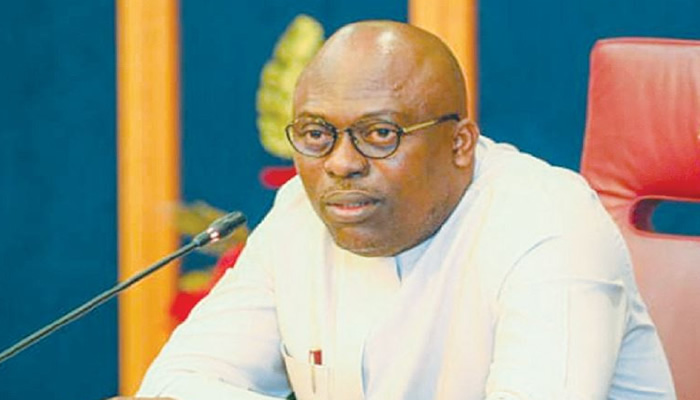The doubling of Rivers State Internally Generated Revenue (IGR) has been attributed to the deft move of Governor Siminalaye Fubara in appointing a former Commissioner of Finance in the administration of former Governor Rotimi Amaechi to serve as the current Accountant General of the State.
The disclosure was made by a chieftain of the Peoples Democratic Party (PDP) who was a spokesman of the defunct presidential campaign council for the 2023 election, Umar Sani. who said the consultant blocked all the gaping holes created by thieving officials in the last Rivers State administration headed by current Federal Capital Territory (FCT) Minister, Nyesom Wike.
Fubara announced that the state’s monthly Internally Generated Revenue (IGR) grew exponentially by over 100% in less than one year of his tenure.
According to the Governor, the oil-rich state now rakes in about ₦26 and ₦N27 billion every month compared to ₦11 billion recorded under his predecessor, Nyesom Wike.
Fubara disclosed this while addressing the House of Representatives Committee on Public Account members, who visited him at the Government House in Port Harcourt on Friday, April 19, 2024.
According to Sani in a post on his X handle, the expert Fubara hired as the state accountant general, is a chartered accountant with loyalty to the state.
He said: “What do you think heralded the quarrel over structure? The hiring of a financial expert as a consultant who was the commissioner of finance under Amaechi to review and revive the revenue potential of the state was partly responsible for the crisis.
“The expert advice plugged some loopholes and enhanced the revenue potential/drive of the state.
“Fubara is not a spraying machine; he is determined to recreate a new Rivers State with a sound financial base and adequate funding for infrastructural development.”








More Stories
In rare encounter, Tinubu, Obi ran into each other at Pope Leo XIV inauguration
Former US President Biden diagnosed with ‘aggressive form’ of prostate cancer
Tinubu’s claim of Dinner with Vatican State Secretary Pietro Parolin busted